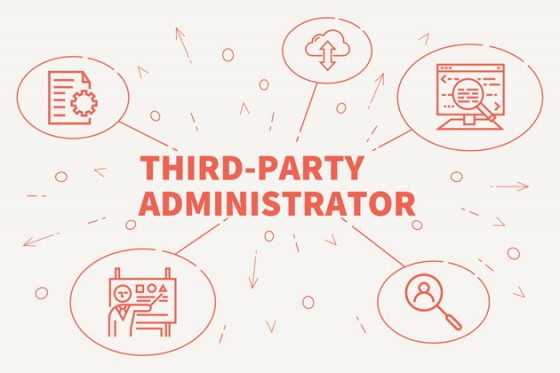While many risk managers have had excellent experience with their third party administrators (TPAs), others have been disappointed. Unfortunately, when the match  isn’t right, the risk manager may be left with poor claim outcomes, higher claims and insurance costs, and difficulty identifying issues and making corrections.
isn’t right, the risk manager may be left with poor claim outcomes, higher claims and insurance costs, and difficulty identifying issues and making corrections.
The key to successful relationships often hinges on the risk manager’s ability to set priorities and evaluate prospective TPAs and other claim service providers accordingly, based on objective, outcome-based metrics. Here are five tips for choosing TPA and claim service providers that are best suited to meet your needs:
- Look beyond household names. Too often, risk managers narrow their options based on name recognition.
buy levofloxacin online www.cappskids.org/wp-content/uploads/2023/10/jpg/levofloxacin.html no prescription pharmacy
While this might appear to be a safe choice, it may not yield the best fit. And that can lead to higher costs, poor outcomes, and ineffective relationships. Even with name-brand providers, mismatches might exist between the risk professional’s priorities and the service provider’s capabilities and operating cultures of the two organizations, available industry expertise, and resources such as risk management information systems.
- Articulate your needs and priorities. An effective relationship starts with knowing the specific requirements of your enterprise and setting relevant priorities. Are you in an industry with unique risks? Do you have a backlog of complex and legacy claims? Is your geographic footprint local, regional or national? Do you have significant operations in states with challenging regulatory frameworks? Do you need a provider with a strong reputation for closing difficult claims or managing litigation? How valuable are the TPA’s data management resources or risk management information system to your program? What’s your claims volume? Conduct a careful assessment of your needs, establish priorities, and create a request for proposal and related scorecard for evaluating candidates.
- Check how closely the TPA’s capabilities and resources match your needs. Areas you might examine include: staffing and account management, geographic locations, adjuster case load, pricing structure, reserving practices, quality assurance and training, MMSEA (Medicare, Medicaid and SCHIP Extension Act of 2007) reporting, litigation and subrogation management, managed care, data handling and reporting capabilities, and transition planning.
- As practical, insist on outcome-based metrics and use them to compare candidates. When you break it down, the fees charged by claim service providers represent only a small percentage of claim costs. Whenever possible, try to obtain metrics on actual claim outcomes rather than process. Analyze time and cost of various types of claim closures and percentages over time that might apply to your organization, check average claim duration and costs, and examine these results by state, your industry sector and other relevant breakouts.
- Know which adjusters will be assigned to your program. They’re the gatekeepers who will make a big difference in your results. So, be sure you know who the adjusters will be on your account. If your largest claims typically demand experienced adjusters with proven track records make sure that’s what you’ll be getting. Find out about their adjuster turnover rates. While some attrition might be expected, you want to avoid situations where you’re constantly re-educating adjusters to get up to speed—especially on complex and legacy claims. Try to ascertain whether their adjusters fit your culture, claims handling approach and priorities.
buy tamiflu online www.cappskids.org/wp-content/uploads/2023/10/jpg/tamiflu.html no prescription pharmacy
Once you make your TPA selection, evaluate their performance on a regular basis. Track the TPA’s results against what you anticipated based on the metrics they provided in response to your request for proposal (RFP).
By adhering to an objective selection process, including making sure the TPA’s team and capabilities are aligned with your priorities, you’ll be in the best position to get the results you want.

